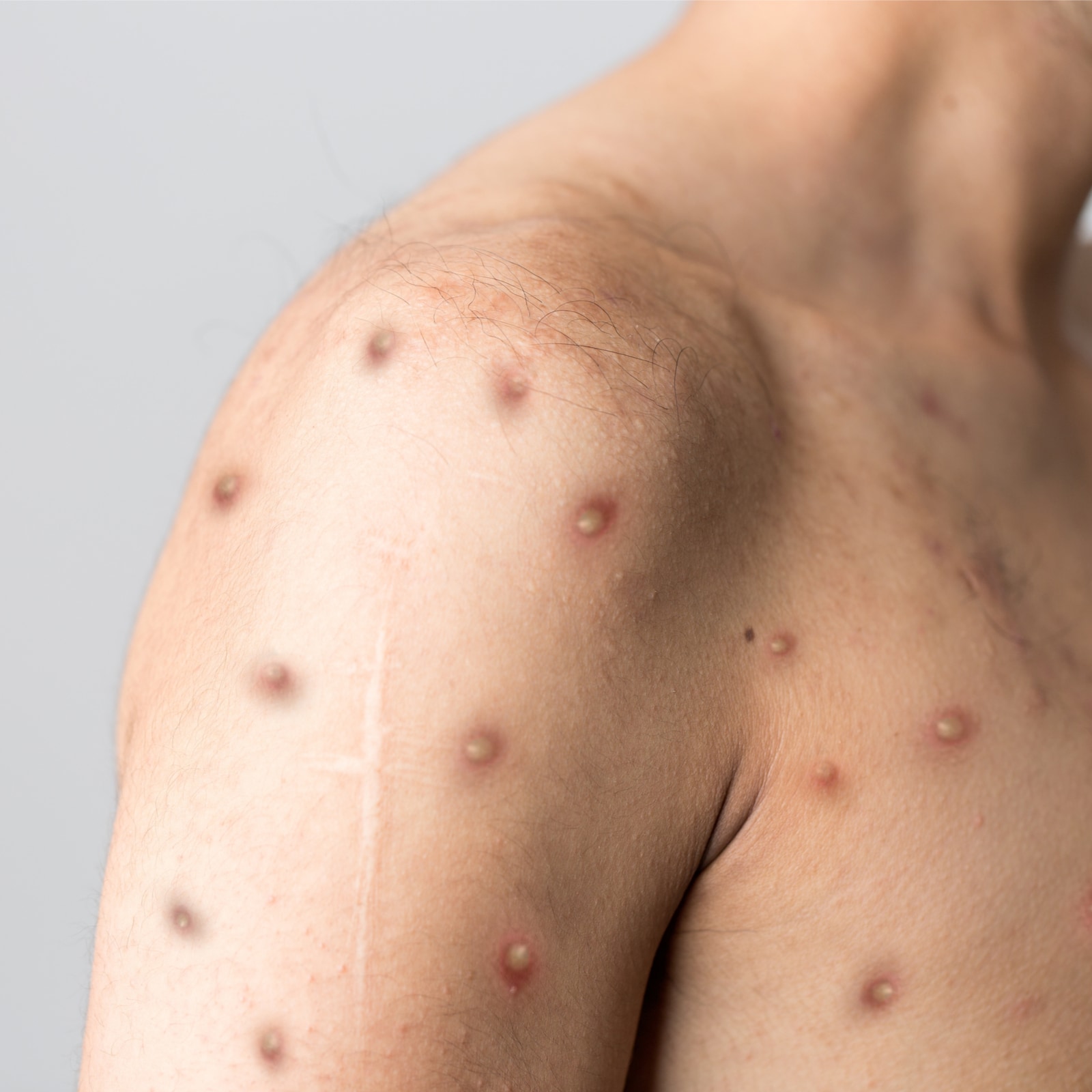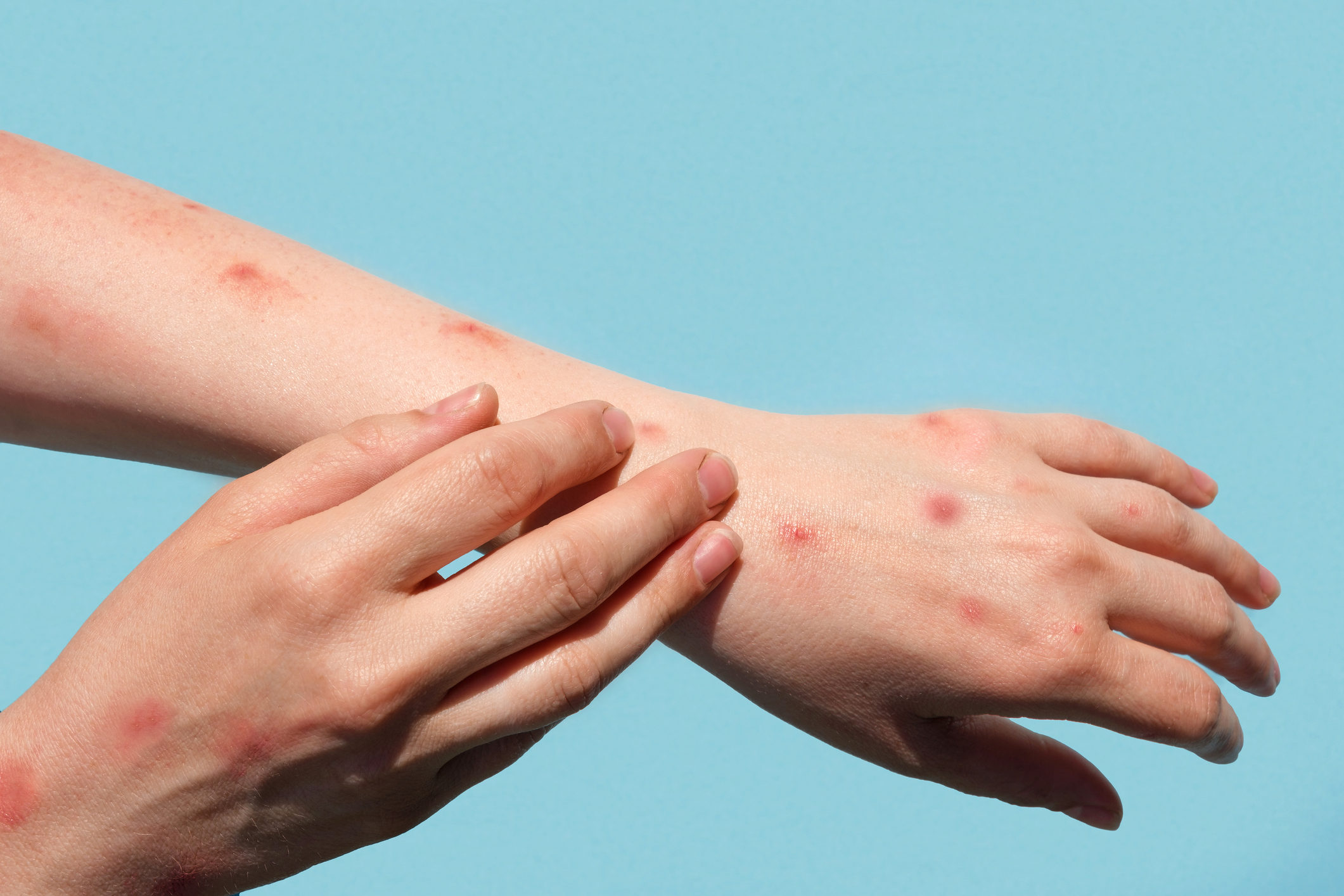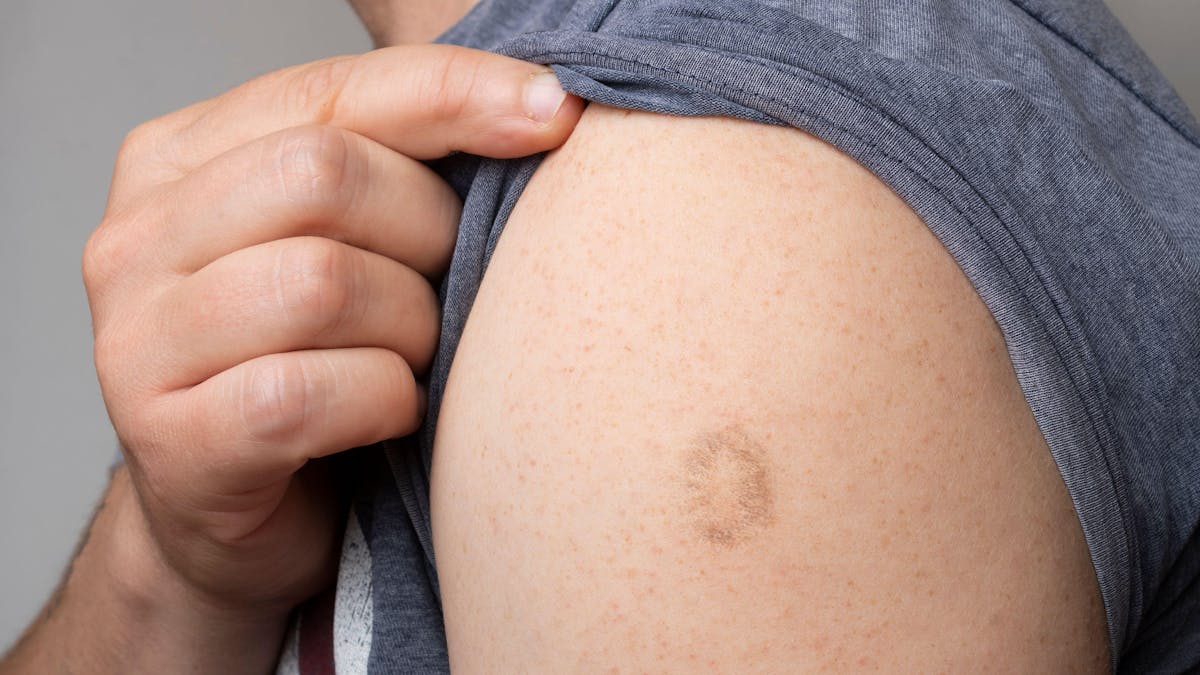Monkeypox symptoms and skin lesions may be treated with the antiviral drug Tecovirimat

Monkeypox symptoms and skin lesions may be treated with the antiviral drug Tecovirimat
Monkeypox Symptoms: The World Health Organization (WHO) declared monkeypox an emergency in July this year. At present, there are more than 41,000 monkeypox cases reported in 96 countries, with the majority coming from the US, followed by Spain, Brazil, and Germany. It also mentioned that the number of new cases decreased last week due to “effective public health measures, behavior changes, and vaccination.” In the current situation, monkeypox infections are being treated with vaccines and drugs used for smallpox.
Tecovirimat (TPOXX) is a safe and effective treatment for monkeypox infections by researchers at the University of California – Davis Health. For the treatment of smallpox, it is an FDA-approved antiviral drug. On a compassionate use basis, the CDC recently approved tecovirimat for treating orthopoxvirus infections, such as monkeypox.
Twenty-five monkeypox patients were treated with tecovirimat therapy at UC Davis Health. In a JAMA article, the scientists concluded that tecovirimat is safe and effective for treating monkeypox symptoms.
Recent global outbreaks of Coronavirus disease 2019 (COVID-19) have raised concern about monkeypox infections. Viruses causing monkeypox cause acute rash zoonosis. There have been monkeypox outbreaks in several countries that are not endemic to the virus. However, this is the first time that monkeypox has been found in a non-endemic country.

Biological characteristics
A summary of studies examining monkeypox was presented in the current study, detailing the various aspects of the disease and the relationship between viral transmission mechanisms and monkeypox outbreaks.
Viruses of the Orthopoxvirus genus belong to the Poxviridae family. Deoxyribonucleic acid (DNA) viruses are the most complex. EVs (extracellular enveloped virions) and MVs (intracellular mature virions) are the two types of monkeypox virus particles. Three orthopoxviruses, which are capable of infecting humans, are cross-immunogenic to this virus and contain soluble antigens, erythrocyte agglutinins, and nucleoprotein antigens.
Agar diffusion tests and other binding tests cannot distinguish between monkeypox virus and smallpox virus because both share soluble and structural antigens.
Many studies have assessed the gene variation in monkeypox viruses and analyzed the function and structure of several monkeypox proteins. Some genes, however, require further investigation to determine their expression status and function.
Several studies have indicated that the virus strain responsible for the current outbreak of monkeypox in May 2022 is distinct from the one observed in the outbreaks in some endemic countries from 2018-19. The studies also detected several differences in the severity, routes of transmission, and susceptibility of the hosts to the disease.

Monkeypox symptoms and treatment
It usually takes 2-4 weeks for symptoms of monkeypox infection to resolve, but some people may require hospitalization. In addition to painful lesions on the skin, monkeypox can cause fatigue, fever, sore throat, chills, backache, muscle pain, nausea, and diarrhea.
25 monkeypox patients with multiple body lesions, including lesions on the face and in the genital area, received oral tecovirimat treatment in this study. There was a period between June 3 and August 13, 2022, when the patients were admitted to UC Davis Medical Center. Within 30 minutes of a high-fat meal, they received the drug every 8 or 12 hours.
Tecovirimat therapy was administered to all patients for two weeks, as described in the research paper. By day 7, 40 percent of patients were free from their lesions, while by day 21, 92 percent were free from pain.
Monkeypox virus transmission mechanisms and pathogenesis
The spread of monkeypox is comparatively less efficient from one person to another. Despite this, the rate of infection is increasing every year. The virus can be transmitted through saliva, respiratory excretions, or through eye and nose mucous membranes via contact with either crust material or lesion exudates. Additionally, the virus can be spread only by prolonged face-to-face contact for more than three hours without personal protective equipment within a two-meter radius.
A monkeypox infection can also be transmitted through the placenta or skin contact with a fetus from a pregnant woman. In recent years, it has been suggested that sexual contact is also a possible route for transmission, particularly between males.
There is a complex series of events that occur between the virus entering the host and the onset of rashes, where it is spread through the blood and lymph via infected leukocytes throughout the body. In the regional lymph node, the virus replicates and multiplies. The viruses are carried throughout the blood circulation to the epithelial cells of the skin and other tissues. Before macroscopic lesions appear in the skin, viral deposits multiply over many days. Rashes are caused by viral replication and epidermal cell invasion, resulting in superficial dermal inflammation, hyperemia, vasodilation, and inflammatory cell infiltration.

Global monkeypox cases drop 21 percent: WHO
The World Health Organization (WHO) reported a 21 percent drop in monkeypox cases worldwide in the last week. According to WHO Director-General Tedros Adhanom Ghebreyesus, while worldwide cases decreased by 21% last week (August 15 to August 21), new cases increased in the Americas with intense transmission.
Among newly confirmed monkeypox infections globally in recent weeks, more than two-thirds have been diagnosed in the Americas, WHO said. The American region reported the newest cases in the past 4 weeks, compared with Europeans who reported 38.7% of new cases in the first four weeks of the outbreak.
The highest cumulative number of cases was reported by ten countries on Monday. Among them were Spain, the United States, Brazil, the United Kingdom, Germany, France, the Netherlands, Canada, Peru, and Portugal. In total, these countries reported 88.9% of the cases worldwide.
Vaccination, behavior changes, and effective public health measures are helping Europe to slow the outbreak, Tedros said. A lack of access to vaccines in Latin America, however, is combined with insufficient awareness and public health measures to fuel the outbreak.
The WHO’s data show monkeypox is still affecting young males, with 98.2% of all cases being males under 36 years of age. Infections among those reporting sexual orientation were most likely contracted in party settings with sexual contacts, and 95.8% were men who had sex with men.

WHO encourages all countries to conduct monkeypox vaccine effectiveness studies as well as provide universal access to these vaccines. (UNI)
edited and proofread




